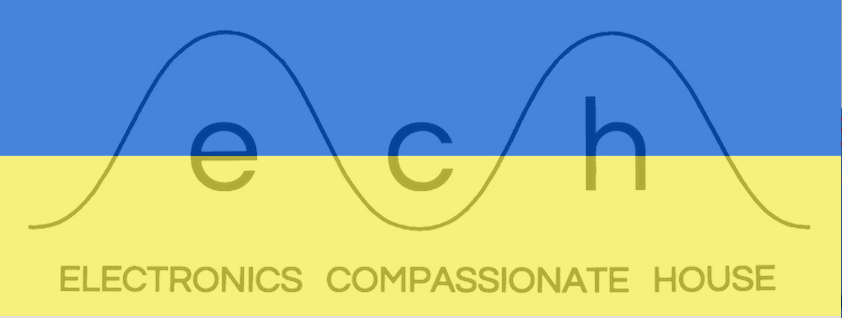I recently did a JUNO 106 voice chip repair job. The web is awash with recommendations to remove the faulty 80017a chips and soak them in Acetone in order to remove the resin coating Roland put on them, but I had yet to try it.
A faulty 80017a presents a variety of problems including faintly hanging notes, crackles, pops and drop-outs. The 106 has a self-test feature (power on while holding TRANSPOSE and select both POLY1 and POLY2) which allows you to cycle through the 6 chips while displaying the number of chip currently playing on the LCD. This makes it possible to identify the problem chip, which would otherwise look perfectly fine during a visual inspection.
 |
| 80017A removed (not my photo) |
The customer came to me with "noisy synth with hanging notes sometimes" and I found chip 2 was causing the sustained notes while chip 6 was causing the popping and crackling. These problems made an otherwise nice 106 essentially useless. I recommended replacing the chips with new replacements (Roland no longer supplies these chips but several small companies have reverse engineered them and offer replacements) but he asked that I try the Acetone bath method.
The chips are numbered right to left! VCA 1 is on the far right VCA 6 is on the far left.
 |
| 2 chips soaking |
After removing the two chips I soaked them for a few days in Acetone. One peeled more easily than the other. No matter what it is a delicate and finicky process as the 80017a chips are single inline packages surface mounted on a flimsy board. The pins are barely connected and rely on the resin coating for strength. There is a possibility of damaging one or more pins while removing the resin which is more trouble than I'd like to admit. It is possible to repair if you are careful, as a reverse-engineered schematic is available online, but I would avoid that.
Happily, upon reinserting the chips I powered the 106 up and it was working fine! The general explanation for the success of this process is that the "resin becomes conductive over time" and affects the electrical operation of the chip. This seems a little vague, but let's not worry about it!



